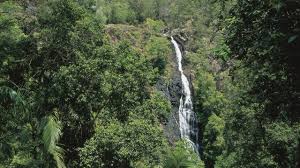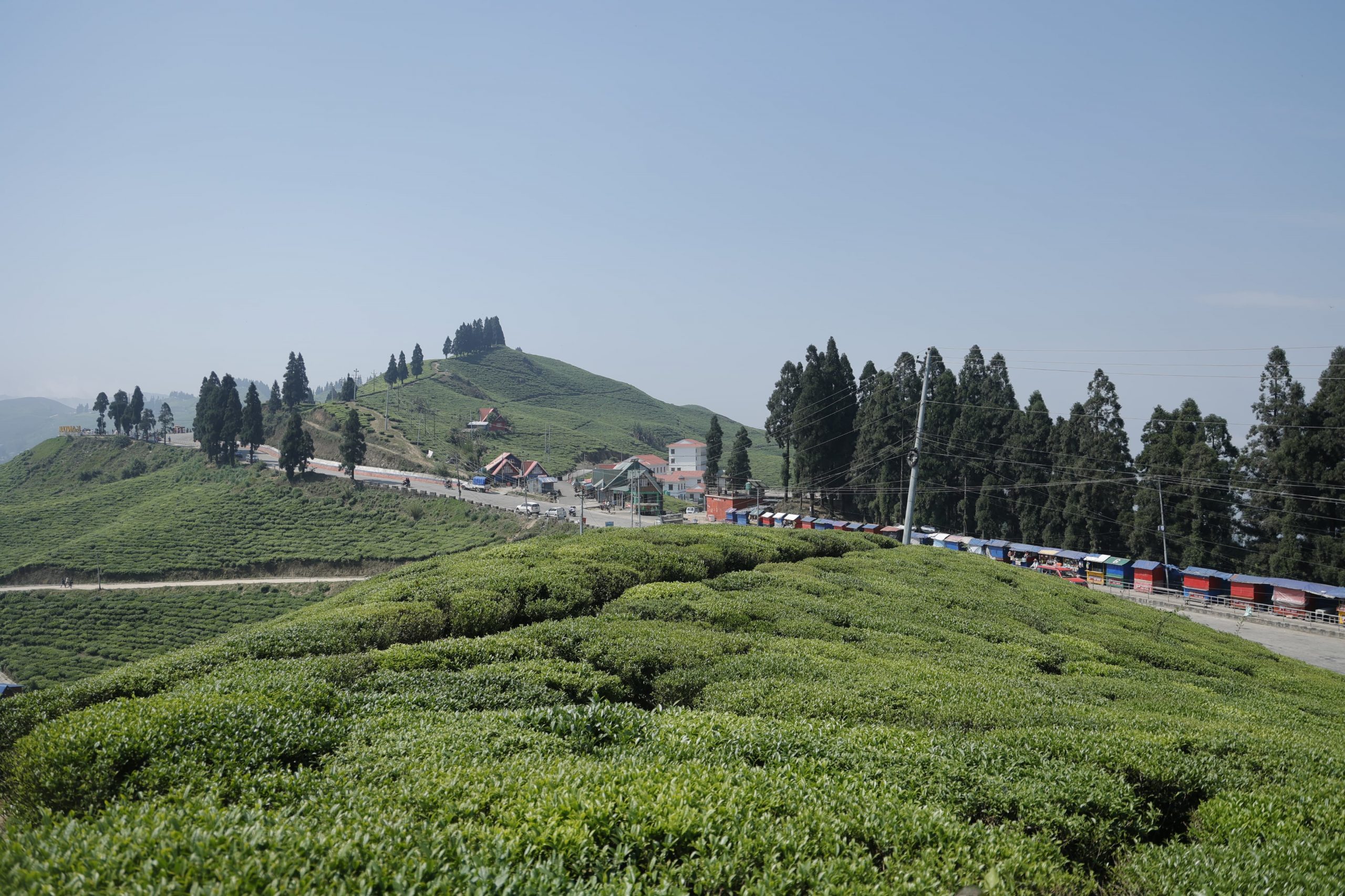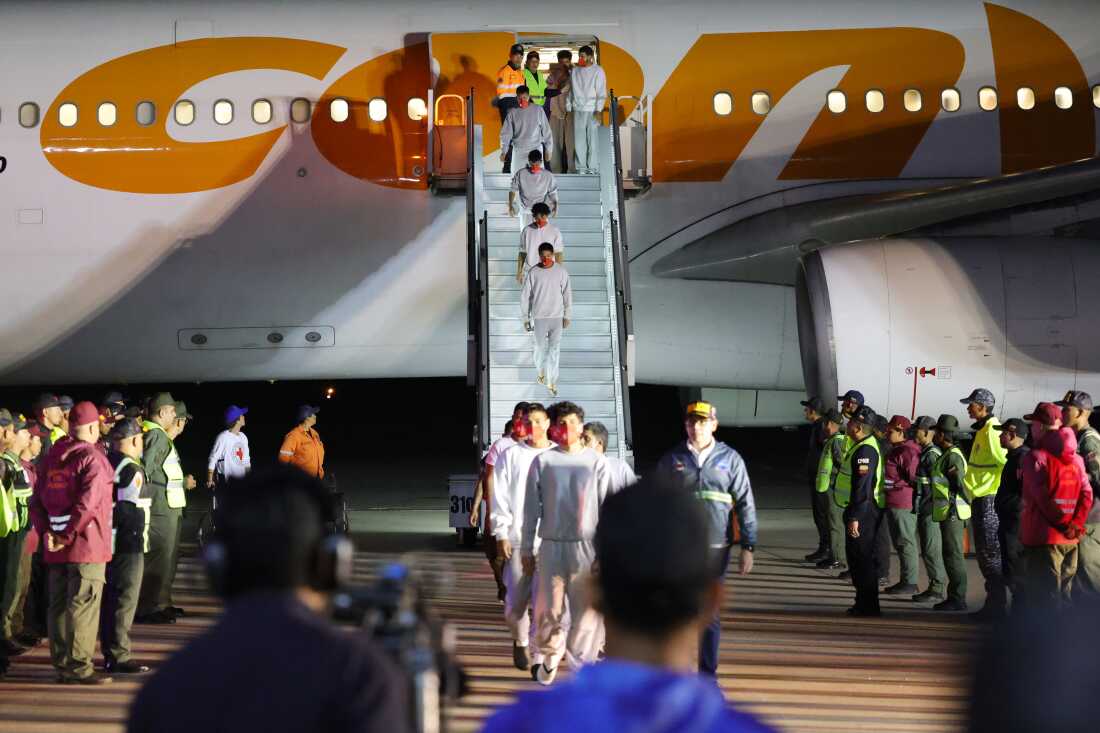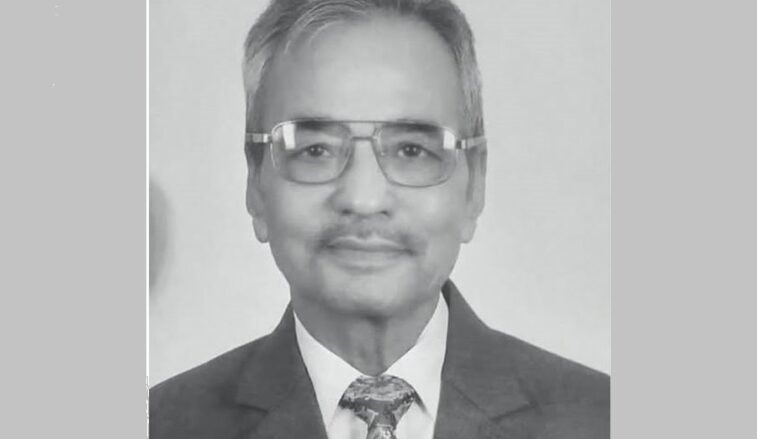In Pics: Chhath Puja preparations at Gaurighat are nearly complete, with 520 ghats being prepared
The committee estimates that more than 90% of the ghat's construction has been completed.

KATHMANDU: The construction of a ghat to commemorate the Chhath celebration has been completed at Gaurighat in Kathmandu. The Chhath Puja management committee states that 520 ghats will be constructed in the Gaurighat region. Devotees will have to pay fifty rupees per ghat during Chhath Puja.
The committee projects that the ghat will cost between 17 and 18 lakhs to construct. The Pashupati Area Development Fund, according to the committee, has provided the committee with three lakh rupees in support of the construction of the ghat.
The committee estimates that more than 90% of the ghat’s construction has been completed. Gahana Pokhari, Nag Pokhari, Bagmati, and Bishnumati riverbanks in Kathmandu, as well as Gaurighat, have been cleaned by building ghats for Chhathi Mata devotion during the Chhath festival.
Lets see the preparation of Ghats:-
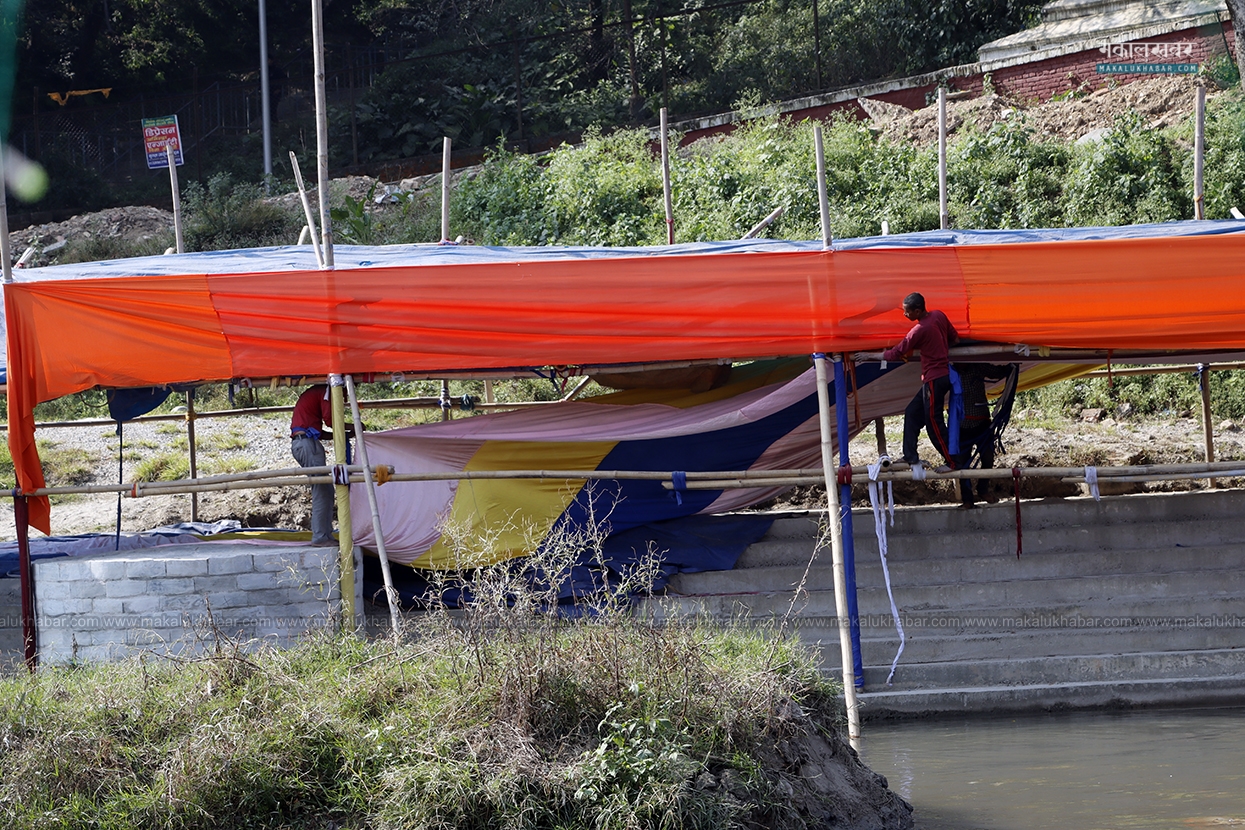
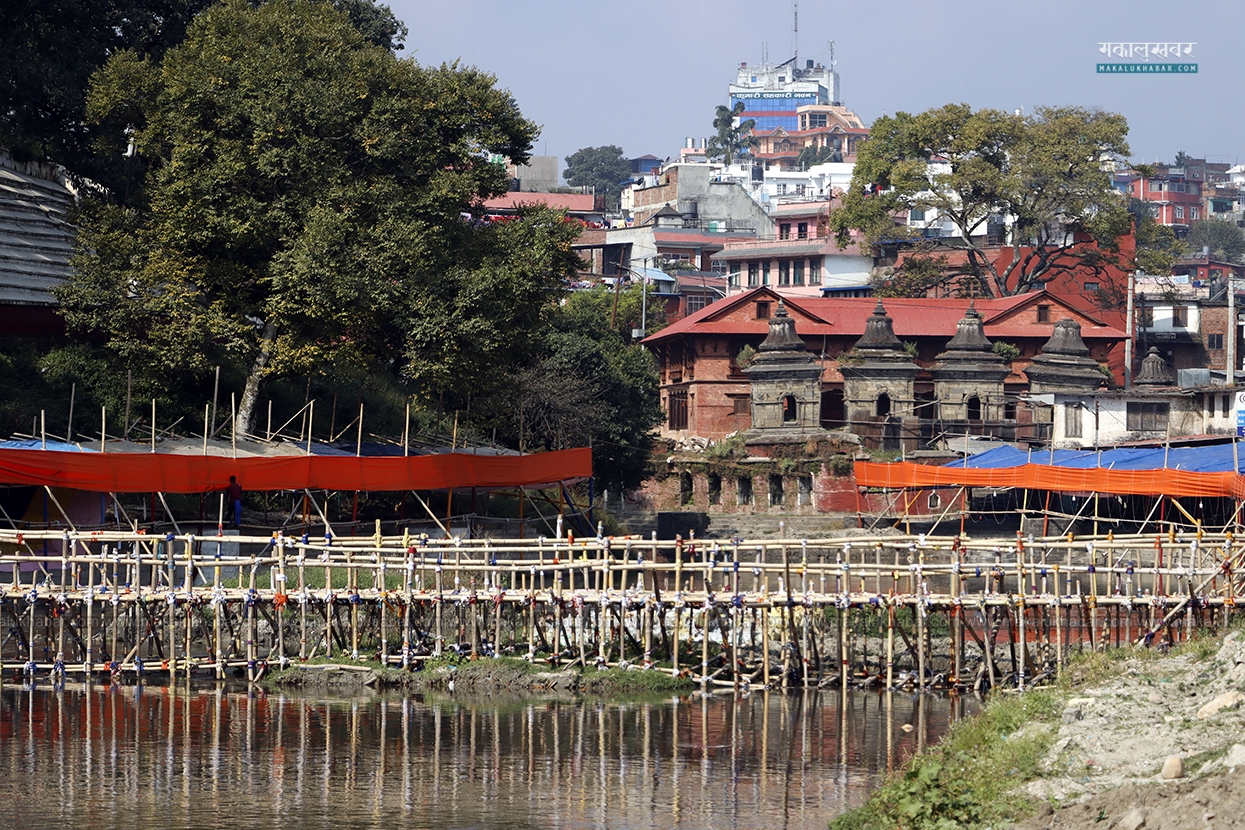

What is Chhath Puja?
Chhath Puja is a folk festival that lasts four days. It starts with Kartik Shukla Chaturthi and ends with Kartik Shukla Saptami.
Chhath is celebrated twice in a year:
- Chaiti Chhath – It is observed in the Chaitra month of Bikram Sambat.
- Kartik Chhath – It is celebrated at a very large scale in the Kartika month of Bikram Sambat.
An ancient Hindu holiday called Chhath is thought to have originated on the Indian subcontinent, notably in the Indian states of Bihar, Uttar Pradesh, West Bengal, and Jharkhand as well as the Nepalese States of Madhesh and Lumbini. During Chhath puja, prayers are offered to Surya, the solar deity, to express thanks and gratitude for providing the blessings of life on earth and to make specific requests.
The festival’s patron goddess is Chhathi Maiya, who is also Lord Surya’s sister and Devi Prakriti’s sixth manifestation. On the sixth day of the lunar month of Kartik (Oct–Nov), according to the Hindu calendar Bikram Sambat, it is observed six days after Deepawali.
The rituals are observed over four days. They include of taking a holy bath, going without food and water (vrata), standing in water, and making prasad and arghya gifts to the setting and rising sun. Some worshippers march in prostration as they make their way to the river’s banks.
The first day of Chhath Puja is referred to as Nahaay Khaay, followed by Rasiaav-Roti/Kharna/Lohanda, Sanjhka Aragh, and Bhorka Aragh on the subsequent three days.
See more images of the ghats being prepared for Chhath Puja:-











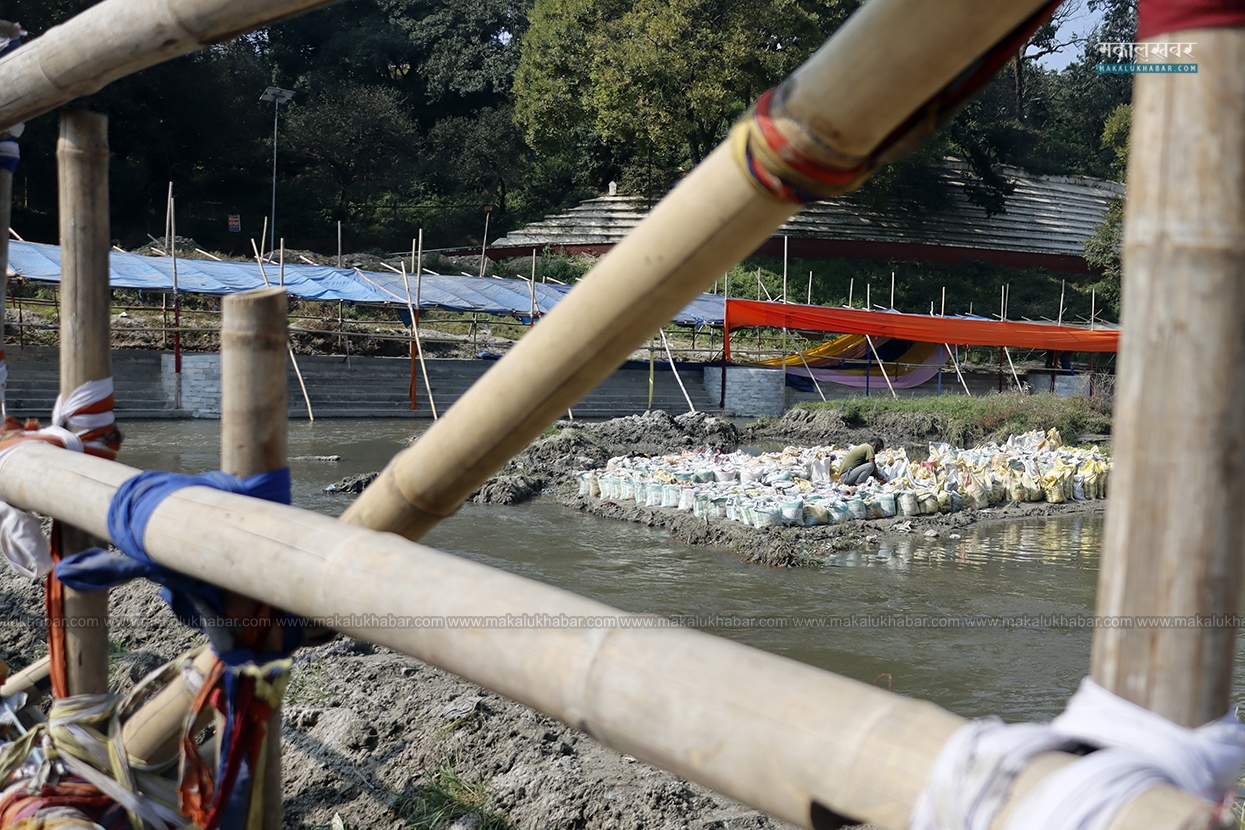
-Saroj Basnet/MK



